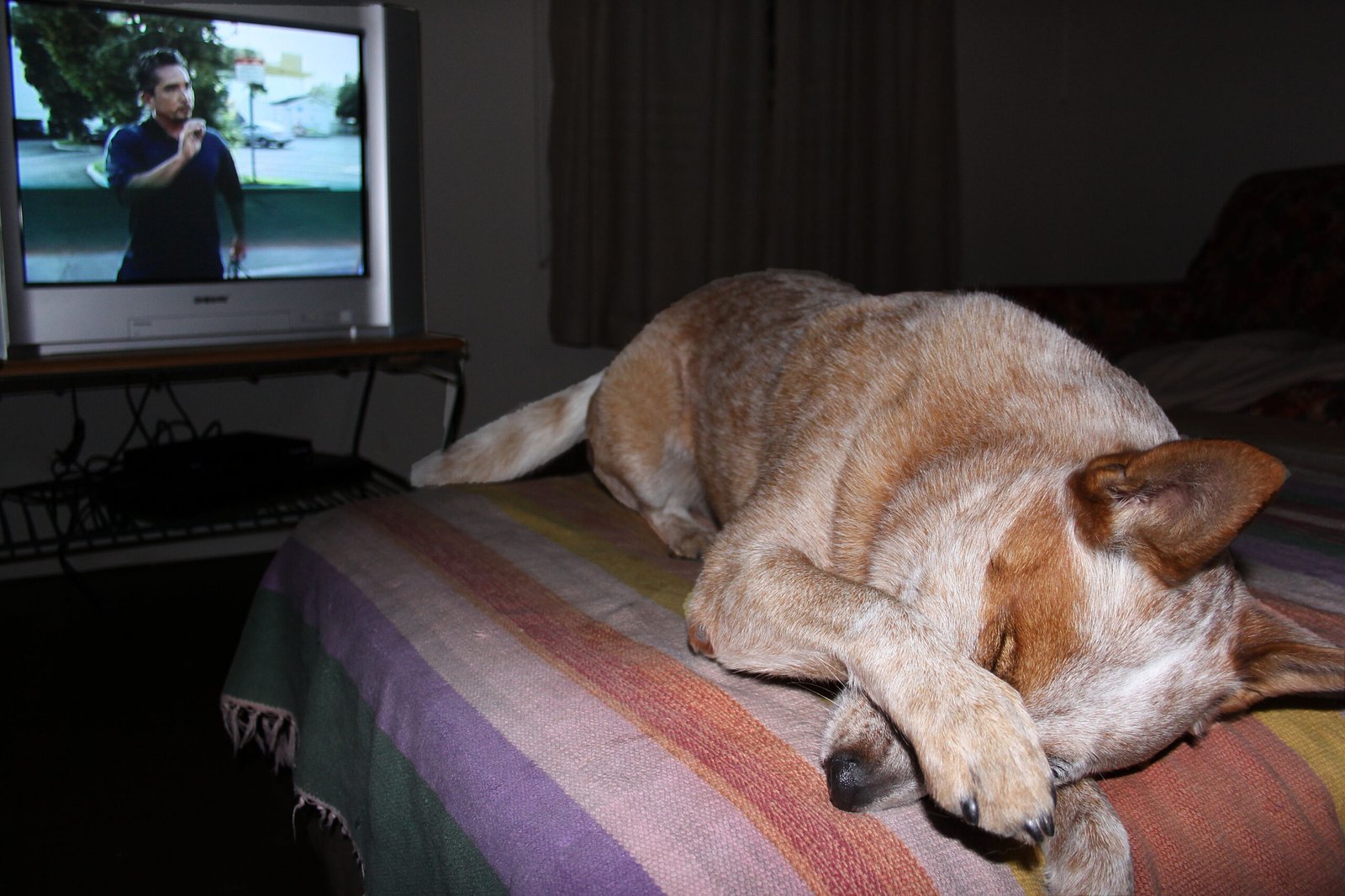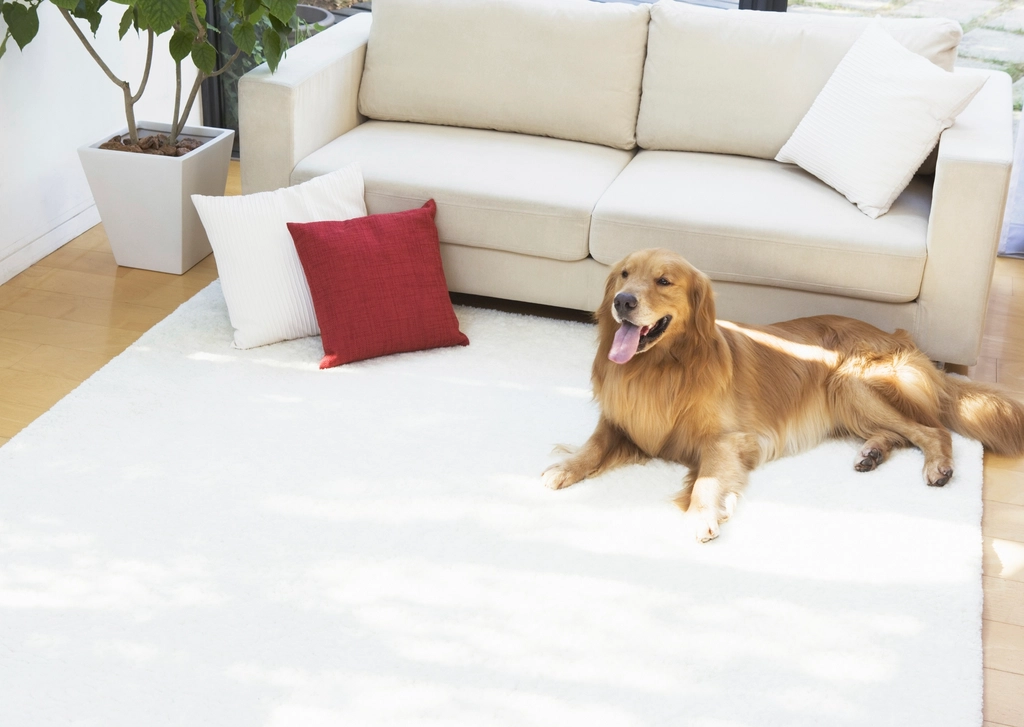Have you ever watched your beloved canine companion cower in fear at the sound of a vacuum cleaner or tremble uncontrollably during a thunderstorm? It can be heartbreaking to witness such anxiety in a creature that otherwise exudes joy and loyalty. Phobias in dogs are more common than many realize, and they can significantly impact a dog’s quality of life. Understanding and addressing these fears is crucial for both the dog and the owner. But how can we effectively manage these phobias? Let’s delve into the world of canine fears and learn how to help our furry friends live without fear.
Just like us, dogs can develop deep-rooted fears—whether it’s thunder, fireworks, or even the vacuum cleaner. Learning how to manage these phobias with patience, consistency, and the right techniques can make a huge difference in their quality of life. Let’s break down how to help your furry friend feel safe, secure, and more confident.
Understanding Canine Phobias

Phobias in dogs are intense, irrational fears that can be triggered by various stimuli. These fears may develop from a single traumatic experience or gradually over time. For instance, if a dog associates loud noises with danger, they might develop a phobia of thunderstorms or fireworks. It’s essential to recognize that these fears are not a sign of weakness or poor training but rather a genuine emotional response. Much like humans, dogs have their own personalities and experiences that shape their fears. Understanding this can foster empathy and patience as we work to help them.
Common Phobias in Dogs

Dogs can develop phobias to a wide range of stimuli. Some of the most common include loud noises, such as thunder, fireworks, or even household appliances. Others may fear specific environments or objects, like the vet’s office or a particular type of flooring. Some dogs may even develop social phobias, becoming anxious around other animals or people. Recognizing these common phobias can help owners identify triggers and take proactive steps to manage them. It’s important to remember that each dog is unique, and what terrifies one may not bother another.
Signs Your Dog May Have a Phobia
Recognizing the signs of a phobia in dogs is the first step towards effective management. Common indicators include excessive barking, whining, trembling, or hiding when exposed to the feared stimulus. Some dogs may become destructive, chewing on furniture or scratching at doors. Others might exhibit changes in appetite or sleeping patterns. Observing these behaviors and understanding the context in which they occur can provide valuable insights into your dog’s fears. It’s crucial to approach these signs with compassion and a willingness to help rather than frustration or anger.
Creating a Safe Environment

One of the most effective ways to manage phobias in dogs is to create a safe and comforting environment. This might involve providing a quiet space where they can retreat during stressful events, such as a cozy bed in a dimly lit room. Using pheromone diffusers or calming music can also help soothe anxious dogs. Additionally, removing or minimizing exposure to the feared stimulus, when possible, can prevent the phobia from worsening. By ensuring their environment feels secure, you can help your dog feel more at ease and reduce their anxiety.
Behavioral Training Techniques
Behavioral training can be a powerful tool in managing canine phobias. Techniques such as desensitization and counter-conditioning can help dogs gradually overcome their fears. Desensitization involves exposing the dog to the feared stimulus at a low intensity and gradually increasing exposure as they become more comfortable. Counter-conditioning, on the other hand, involves associating the feared stimulus with positive experiences, like treats or playtime. Both methods require patience and consistency but can lead to significant improvements in a dog’s anxiety levels.
The Role of Professional Help

Sometimes, managing a dog’s phobia requires the expertise of a professional. Animal behaviorists or trainers with experience in canine anxiety can provide valuable guidance and support. They can assess the severity of the phobia, recommend specific training techniques, and even suggest therapeutic interventions such as medication if necessary. Seeking professional help is not a sign of failure but rather a proactive step towards ensuring your dog’s well-being. With the right support, many dogs can overcome their fears and lead happier, more relaxed lives.
Using Medication as a Last Resort

In severe cases, medication may be necessary to help manage a dog’s phobia. This should always be considered a last resort and used in conjunction with behavioral training. Medications can help reduce anxiety levels, making it easier for dogs to cope with their fears and respond to training. It’s essential to consult with a veterinarian to determine the appropriate medication and dosage for your dog. While medication can provide relief, it’s not a cure and should be part of a comprehensive management plan.
Strengthening the Human-Canine Bond
Managing a dog’s phobia is not just about addressing their fears; it’s also about strengthening the bond between you and your pet. Spending quality time together, engaging in activities they enjoy, and providing reassurance during stressful times can deepen your relationship. A strong bond can provide a sense of security for your dog, making them more resilient to stress and anxiety. Remember, your presence and support are invaluable to your dog, and your efforts to help them overcome their fears will not go unnoticed.
Celebrating Small Victories

As you work to manage your dog’s phobia, it’s important to celebrate the small victories along the way. Every step forward, no matter how minor, is a testament to your dog’s progress and your dedication as an owner. Whether it’s a calmer response to a thunderstorm or a willingness to approach a previously feared object, these moments of success can provide motivation and encouragement. By focusing on the positive, you can maintain a hopeful and optimistic outlook, which is essential for both you and your dog.
In managing phobias in dogs, patience, understanding, and love are your most powerful tools. By recognizing their fears, creating a supportive environment, and seeking the right help, you can guide your furry friend towards a life free from fear. Remember, every dog is different, and what works for one may not work for another. But with persistence and compassion, you can make a world of difference. What steps will you take today to help your dog overcome their fears?

Born and bred in South Africa, a Capetonian at heart. Amy-Leigh’s love for nature and animals was inherited from her Dad. He loves taking the family on road trips to experience nature at its finest; Amy-Leigh’s favourite being whale watching in Hermanus and spotting Kudu along the West Coast. Amy-Leigh holds a BA in English Literature and Communication Studies.






